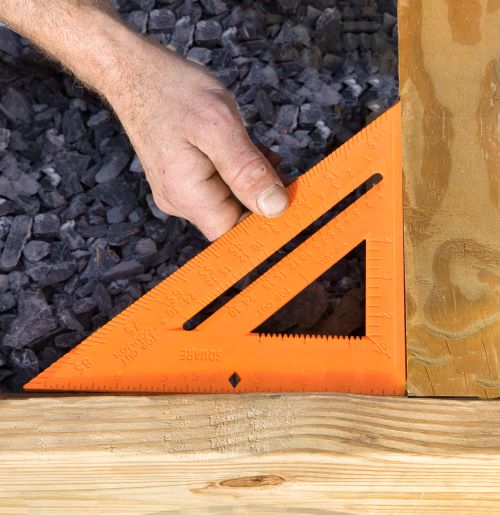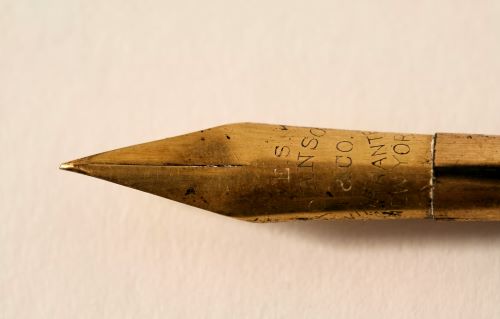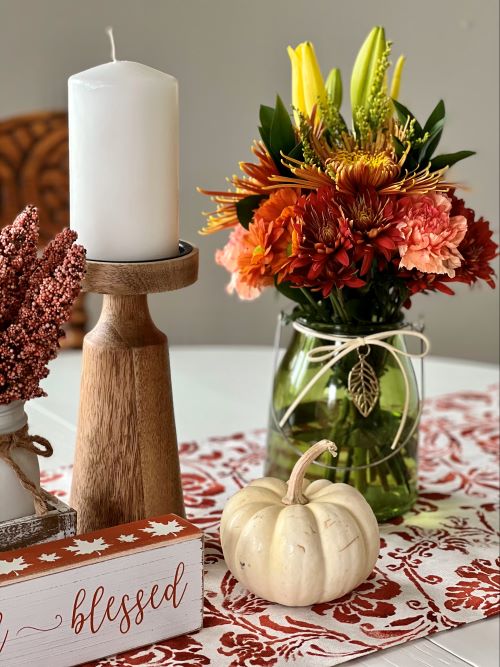Woodturning, a charming blend of precision and creativity, offers woodworking enthusiasts in New Zealand a unique avenue for self-expression. This guide, titled “Artistry in Wood,” is designed to assist both novices and seasoned carpenters in turning unique wooden items on a lathe, such as pens or candlesticks. Let’s explore the complex world of woodworking, express your creativity with New Zealand’s native wood, and transform raw wood into functional and visually pleasing masterpieces.
Understanding the Lathe and Essential Tools
Before starting woodturning projects, familiarise yourself with the primary tool—the lathe. Components such as the spindle, tailstock, and tool rest play vital roles in the woodturning process. Additionally, gather essential tools, including roughing gouges, skew chisels, spindle gouges, parting tools, carving tools, and sandpaper. Each tool serves a specific purpose, contributing to the precision and artistry of your creations.
Selecting the Right Wood

In New Zealand, where native timbers abound, choosing the right wood is essential. Opt for rimu, kauri, or totara, ensuring the wood is properly seasoned to prevent warping or cracking during the turning process. The unique grains and colours of these native woods will add character and charm to your finished projects.
Preparing the Wooden Blank
Begin your woodturning journey by preparing a wooden blank suitable for the desired project. For pens, select a slender blank of approximately 6 inches in length and 3/4 inches in diameter. For candlesticks, opt for a longer and thicker blank. Secure the chosen wood onto the lathe, ensuring it is tightly held between the headstock and tailstock.
Turning Techniques: Crafting a Unique Pen

Let’s explore the step-by-step process of turning a unique wooden pen:
- Roughing Out the Shape: Use a roughing gouge to shape the wood into a cylinder, removing excess material and creating a basic form for your pen.
- Marking Key Points: Identify and mark key points for the pen components—the nib, cap, and barrel—ensuring precision and uniformity.
- Turning the Nib and Barrel: Utilise specialised tools like skew chisels to shape the pen’s nib and barrel. Pay close attention to detail, refining curves and contours.
- Creating the Grip Section: Use a parting tool to define the grip section, ensuring a comfortable design for the user.
- Sanding for Smoothness: Progress through various grits of sandpaper, from coarse to fine, to attain a polished and smooth surface for your wooden pen.
- Applying Finish: Seal the wood with a suitable finish, such as linseed oil or beeswax, to enhance the natural beauty of the timber and provide protection.
Turning Techniques: Crafting an Elegant Candlestick

For those drawn to the warmth of candlelight, turning a wooden candlestick can be a rewarding endeavour.
- Creating the Base: Use a roughing gouge to establish the base of the candlestick, shaping it according to your design preferences.
- Defining the Stem: Employ a spindle gouge to shape the extended stem of the candlestick, paying attention to balanced shapes.
- Fashioning the Top Plate: Utilise a parting tool to define the top plate where the candle will rest, ensuring it is flat and level.
- Adding Ornamental Details (Optional): Elevate your candlestick by incorporating decorative elements, such as beads or grooves, using specialised carving tools.
- Sanding and Finishing: Follow the sanding and finishing steps outlined for the pen, ensuring a polished and elegant final product.
Safety Considerations
For enhanced safety, go beyond standard gear with these tips:
- Dust Collection System: Invest in a dust collection system to minimise airborne wood particles, protecting your respiratory health.
- Lathe Speed Control: Familiarise yourself with the lathe’s speed control settings, adjusting them according to the project and wood type to ensure a safer turning experience.
- Workshop Ventilation: Ensure proper ventilation in your workshop to scatter wood dust and fumes, creating a healthier working environment.
- Tool Maintenance: Regularly inspect and maintain your turning tools to guarantee they are in optimal condition, reducing the risk of accidents.
- Eye Protection: Use safety glasses with side shields to protect your eyes from wood chips and debris, especially when turning at high speeds.
- Ear Protection: Consider wearing ear protection, as woodturning can generate significant noise, potentially causing hearing damage over time.
- Lathe Placement: Position the lathe in a way that allows enough space for movement, reducing the risk of accidents and enhancing overall safety.
Explore Natural Patterns:
Adding a touch of nature to your turned wooden pieces can enhance their artistic appeal. Consider exploring natural patterns to integrate your creations with a distinctive charm. Here are some suggestions on how to incorporate and enhance natural patterns in your woodturned items:
- Grain Embrace: New Zealand’s native timbers boast unique grain patterns that can be showcased in your creations. Embrace the natural lines and curves of the wood grain, allowing them to guide the design of your turned items. This effortless integration can result in a harmonious blend of craftsmanship and nature.
- Bark Inclusion: For a genuine feel, consider leaving a portion of the bark intact on your wooden pieces. This technique not only adds texture but also preserves a connection to the tree’s origin, offering a glimpse of the wood’s journey from forest to workshop.
- Knot Embellishments: Knots in the wood can be seen as imperfections, but they can also be turned into design assets. Incorporate knots strategically, making them focal points in your creations. This not only adds character but also tells a visual story of the tree’s growth and history.
- Segmented Wood Designs: Experiment with segmented wood designs by combining different wood species or incorporating contrasting colors. This technique allows you to create captivating patterns and geometric shapes, turning your pieces into true works of art.
- Burnt Wood Effects: Employ a technique known as pyrography, where you use a heated tool to create burn marks on the wood’s surface. This method enables you to add intricate designs, such as flora or fauna, enhancing the overall visual appeal of your turned items.
- Natural Dyes and Stains: Explore natural dyes and stains derived from plant-based sources to add colour to your creations while maintaining an eco-friendly approach. This allows you to enhance the wood’s natural colours, creating vibrant patterns without compromising its organic essence.
- Carved Organic Motifs: Introduce hand-carved organic patterns inspired by nature, such as leaves, vines, or waves. These subtle carvings can add a touch of elegance and showcase your artistic style, turning your wooden pieces into captivating and personalised masterpieces.
Conclusion
In the workshop of woodturning, each project is a canvas waiting to be shaped into a unique masterpiece. As you embrace the artistry in motion, may the natural beauty of New Zealand’s timber unfold in your hands. This guide offers not only the technical know-how of woodturning but also emphasises the importance of safety and the joy of creating timeless pieces that reflect your skill and passion. May your woodworking journey be filled with satisfaction, creativity, and the creation of pieces that stand as testaments to your craftsmanship.
Begin your woodturning journey today! Share your creations, seek advice, and connect with fellow enthusiasts in our vibrant community. Let’s shape, create, and share the artistry within the heart of woodturning.


